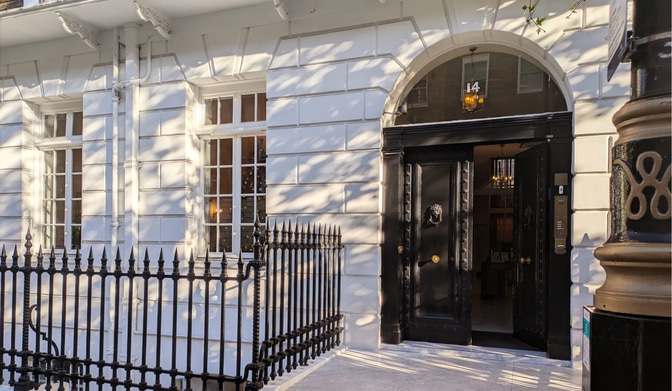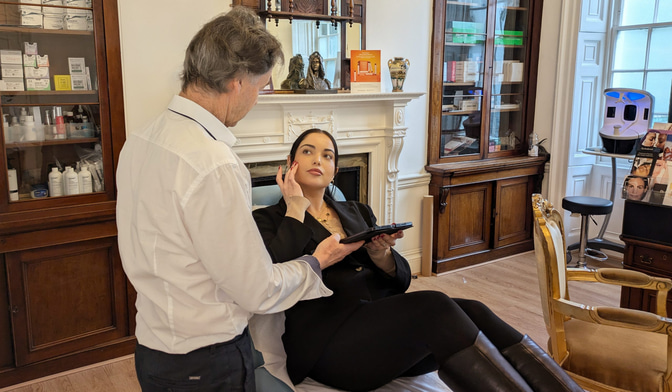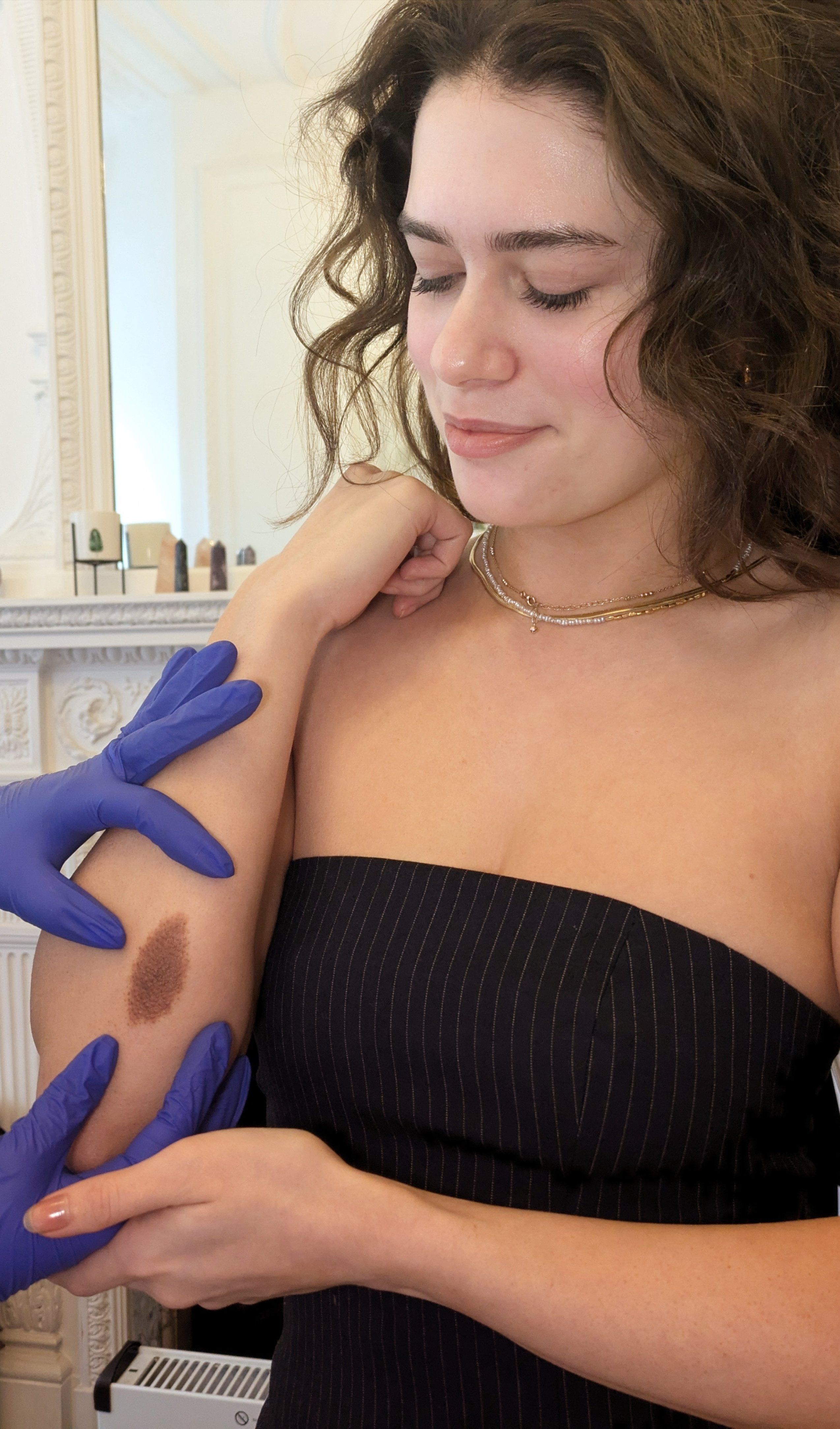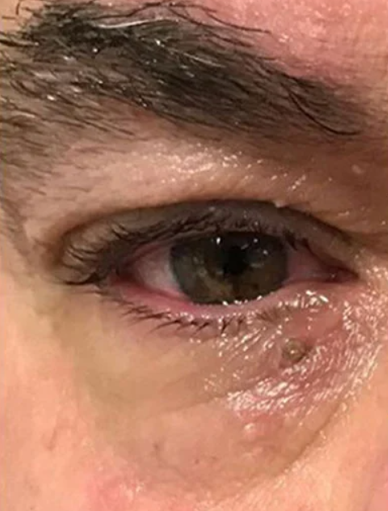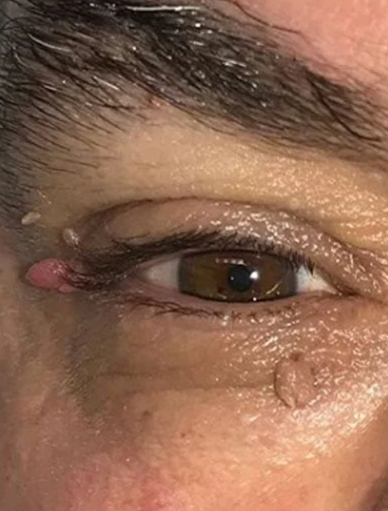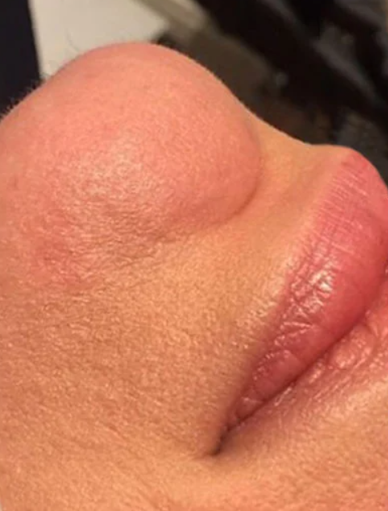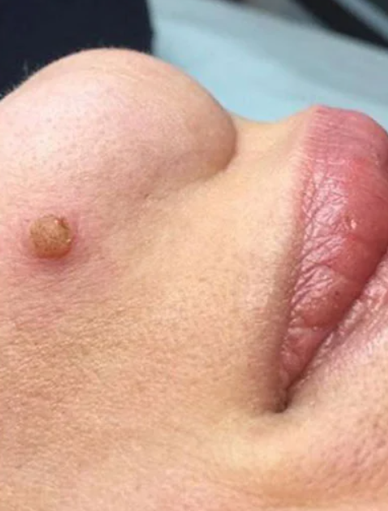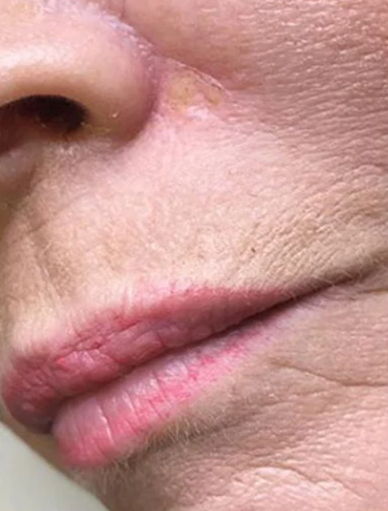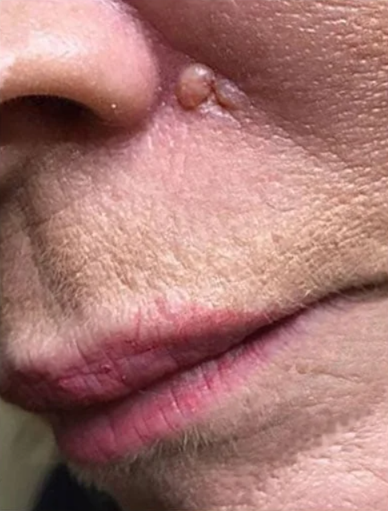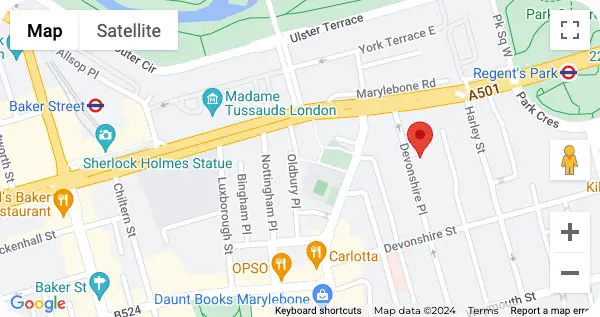Price Influencers
How much does a Mole Removal cost?
At Harley Street Skin Clinic, we offer a safe and professional mole removal service that uses well established medical procedures. Whether you want to get rid of a mole for cosmetic reasons or because you are worried about a more serious skin condition, our expert, GMC-registered doctors make the process as simple as possible while keeping things safe. We also provide biopsy/histology for every mole removed so you can have peace of mind with a full medical examination.
Here are the cost rates for our mole removal:
Senior Doctor:
- First mole: £775 (includes biopsy/histology)
- Extra mole (same day): £325
Lead Doctor:
- First mole: £930 (includes biopsy/histology)
- Every extra mole (same day): £390
These prices are a testament to the quality of our care, the technology we use, and the high-end clinic setting in which we work. Some clinics outside London may carry out mole removal for less the price, however these may not include the biopsy or histology and potentially not be carried out by medical doctors. At Harley Street Skin Clinic your health and wellbeing is our priority. Schedule your consultation now and let our skilled staff treat your skin the way it deserves, with focus and care.




